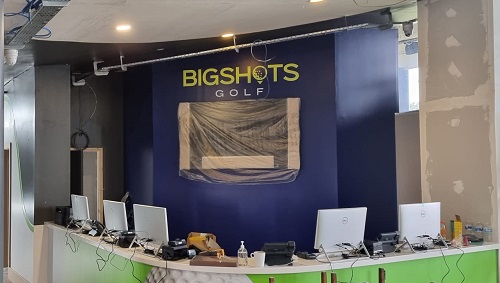The first action in successful surveillance camera installation is to locate vulnerable zones within the store. These locations typically include entry points and exits, cash counters, and sections where expensive products are displayed. By placing surveillance devices in these locations, store owners can monitor shopper actions and detect questionable conduct. Additionally, cameras at entry points can capture images of people coming into and exiting the retail space, which is crucial for recognizing possible shoplifters. This proactive approach helps in reducing theft and guaranteeing a safe atmosphere.
Another important consideration is the kind of camera used in the retail space. Various types of cameras serve distinct functions. For example, dome surveillance cameras are often used for indoor surveillance because they are more noticeable and can monitor a broad area. Conversely, bullet surveillance cameras are best for external use, as they are much visible integrated security camera systems and can discourage criminal activity. Store owners should evaluate their specific needs and select the appropriate surveillance device models to guarantee comprehensive coverage of the retail space.

In addition to surveillance camera types, the angle and height at which surveillance devices are mounted have a crucial role in their effectiveness. Cameras should be set at a level that enables for unobstructed viewing of faces and activities without being easily manipulated with. A common suggestion is to mount surveillance devices at least 8 to 10 feet off the ground. Additionally, surveillance devices should be angled to cover as much space as feasible while preventing blind spots. This strategic placement ensures that all areas of the retail space are monitored, providing a full perspective of shopper interactions and potential safety risks.
Finally, it is essential for retailers to consistently assess and maintain their surveillance equipment. This includes inspecting surveillance device performance, ensuring that footage are high-quality, and refreshing software as needed. Routine maintenance helps to prevent mechanical problems that could jeopardize security. Additionally, retailers should analyze recordings regularly to identify trends in shopper behavior and potential safety threats. By staying vigilant and mindful to their monitoring systems, store owners can create a safer retail atmosphere and protect their assets effectively.